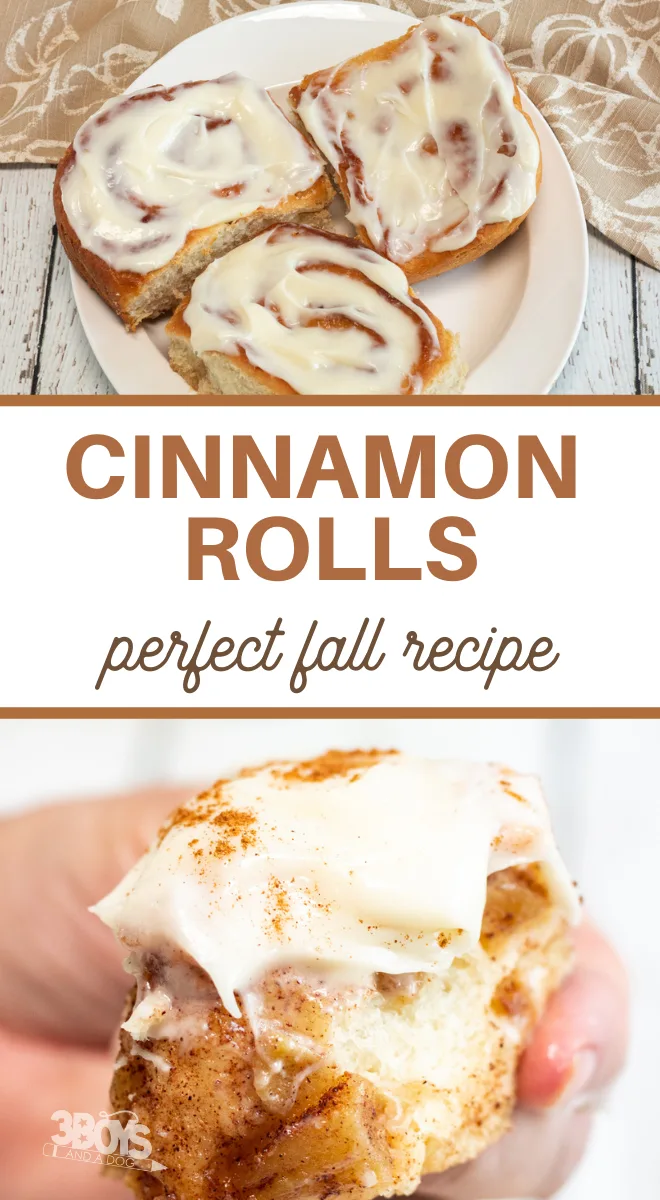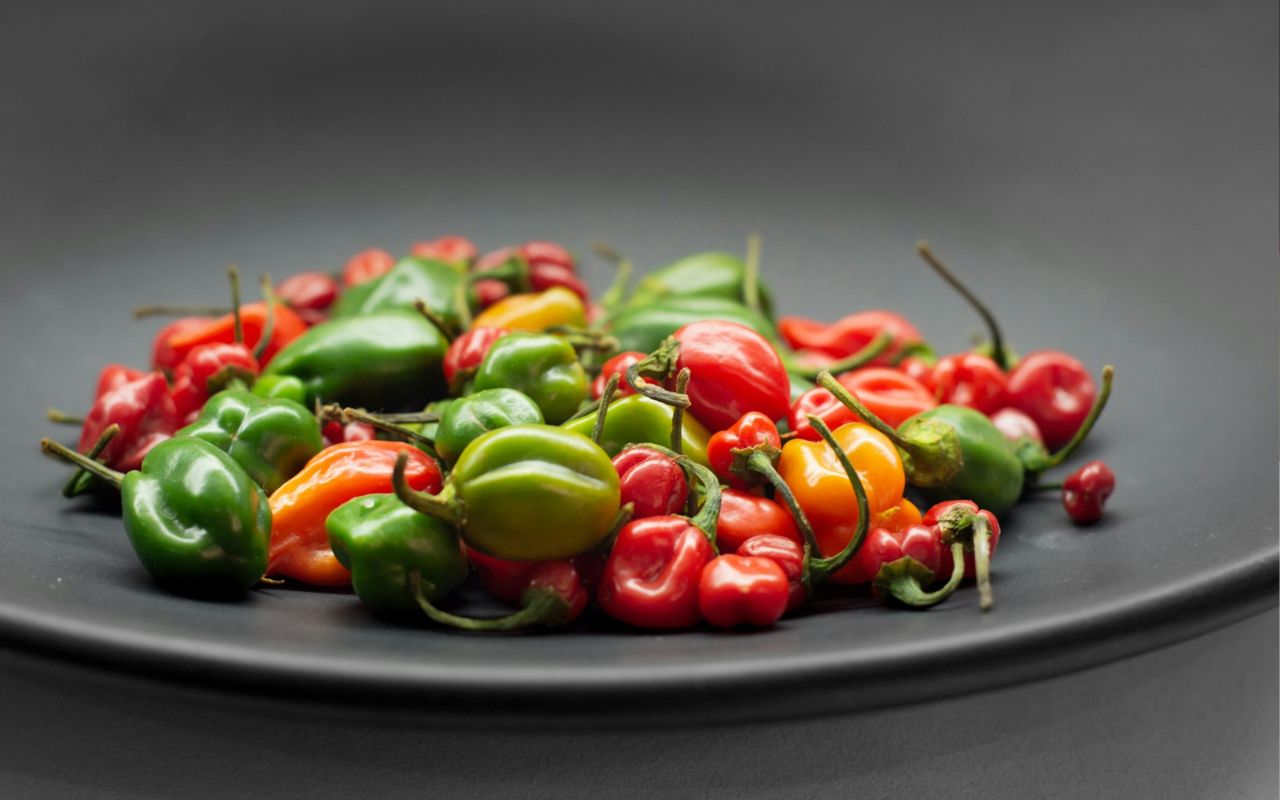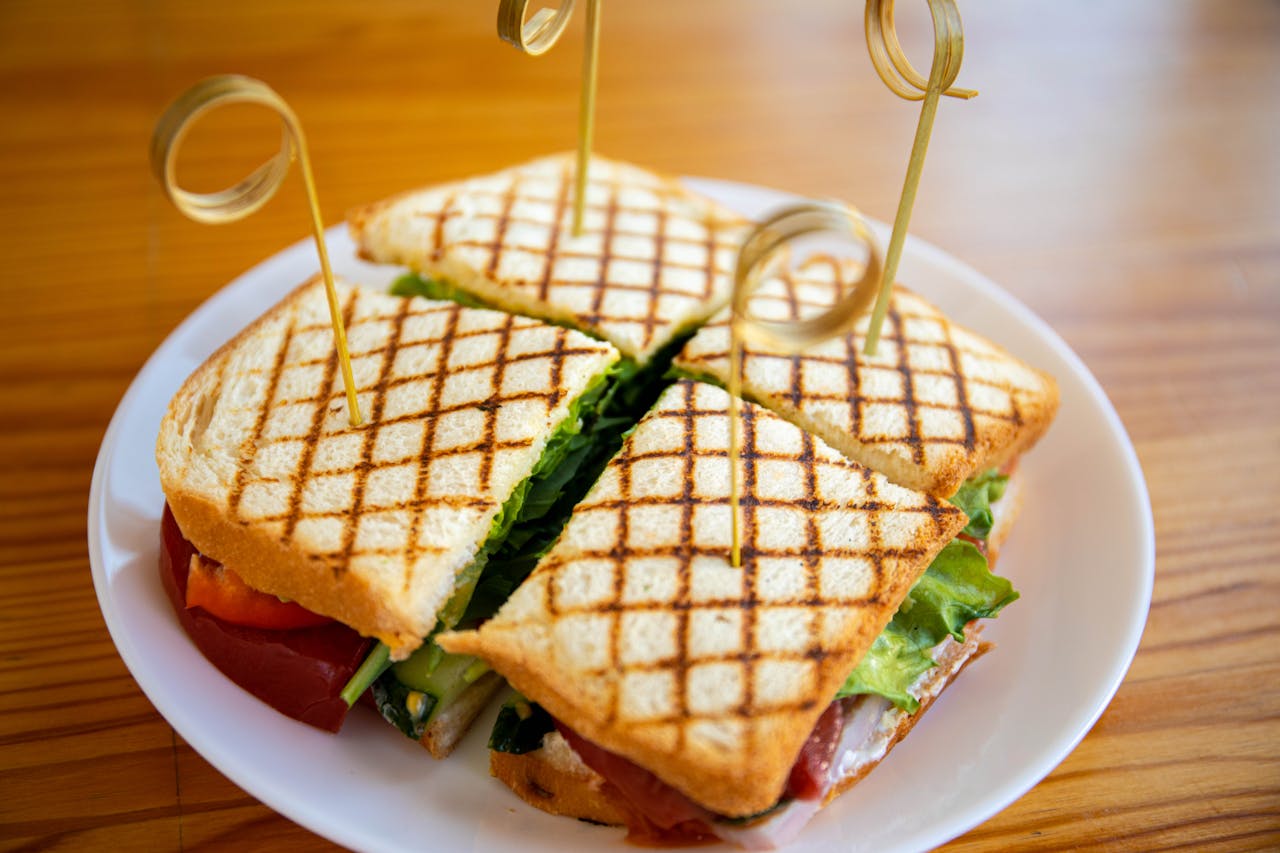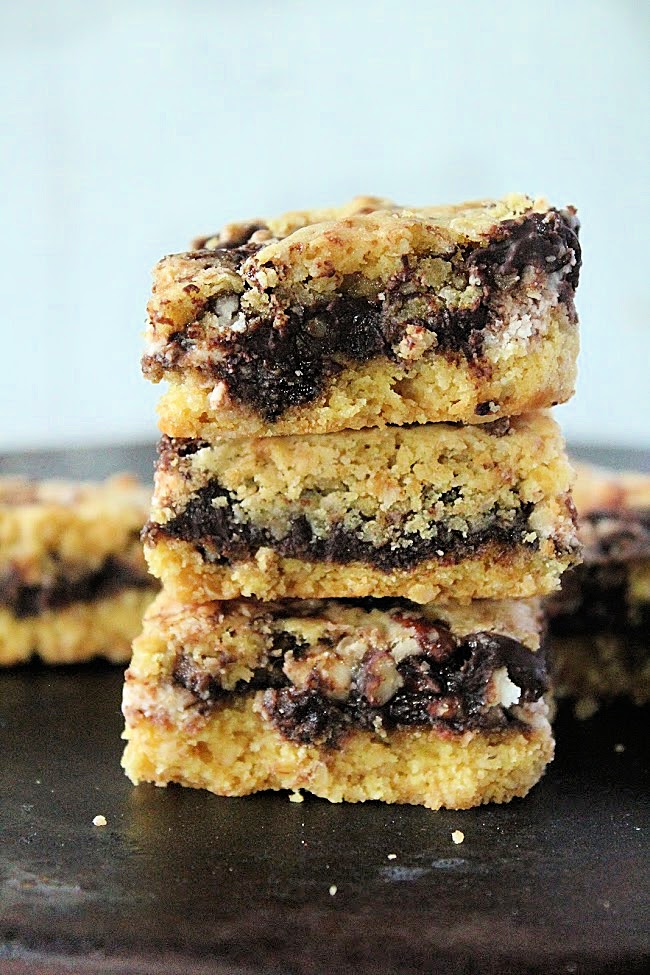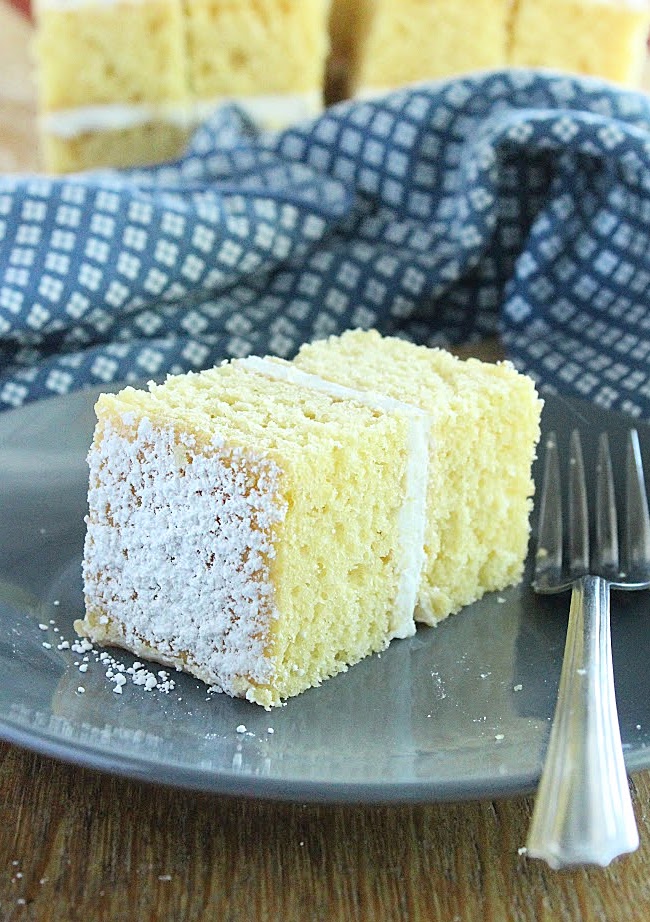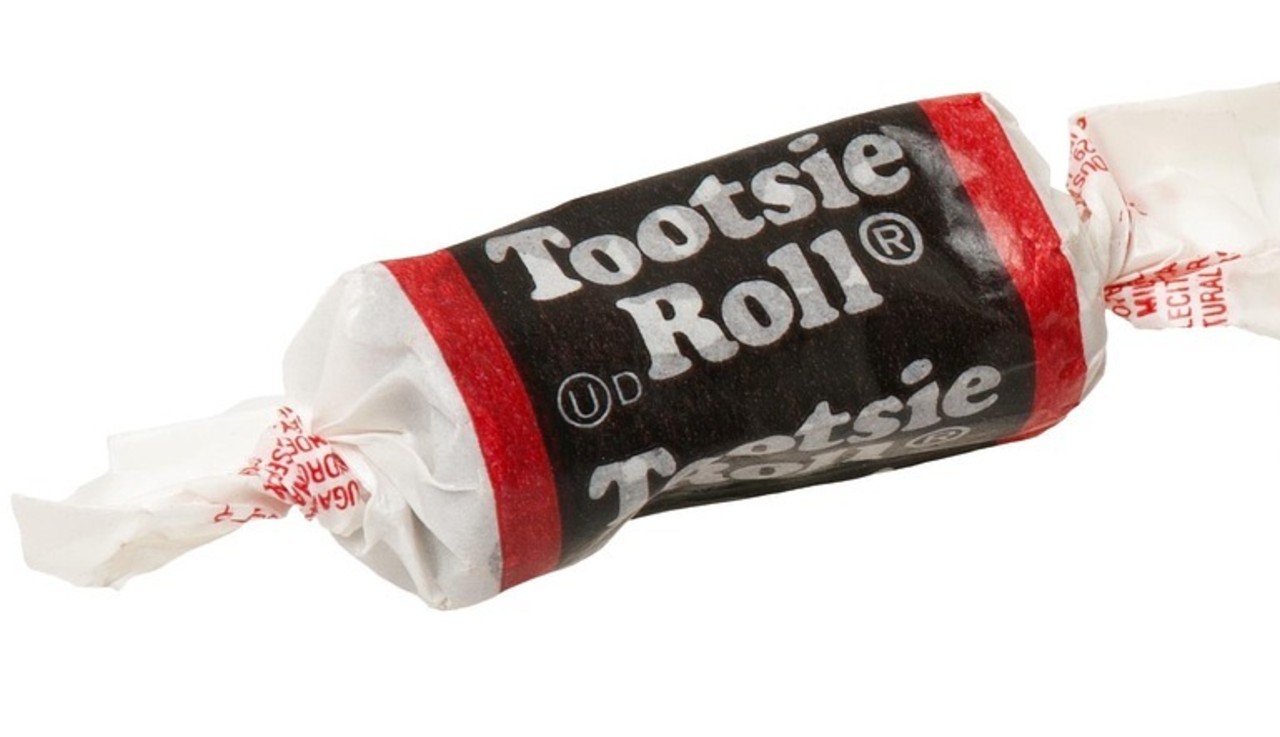9 Brisket Resting Tips Every Backyard Pitmaster Should Know
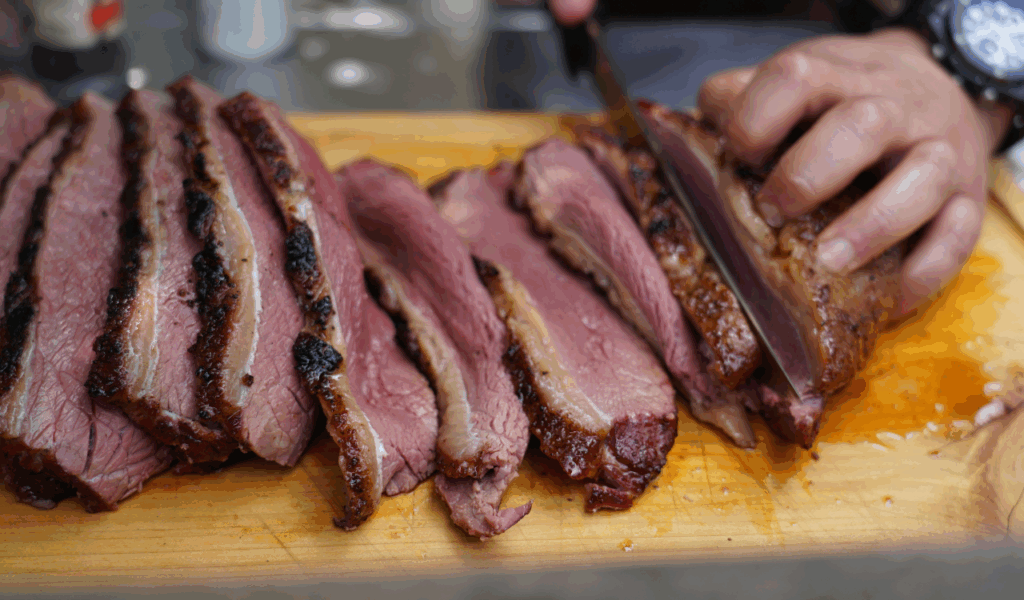
Let’s get started on a crucial step: resting your brisket. The work doesn’t end when you remove your brisket from the smoker; in fact, one of the most crucial stages starts at that point. Resting enables the meat to finish its internal cooking slowly, relax fibers, and reabsorb juices. Instead of treating rest as an afterthought, consider it an integral part of your smoking schedule. I’ll walk you through the process from science to practice in the next nine tips, ensuring that your slices remain succulent, juicy, and delicious.
1. Understand Why Resting Matters
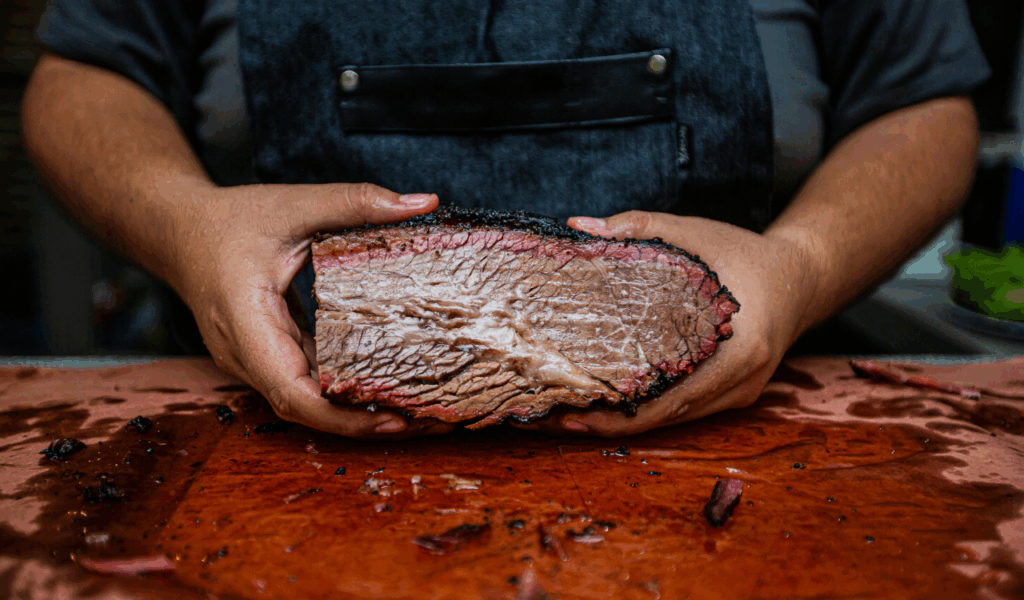
The final texture and juiciness of your brisket are determined by how well it is rested. The heat during cooking squeezes out liquids by contracting muscle fibers and pushing moisture toward the center. Those juices spill onto your cutting board if you cut too quickly. Juices redistribute and fibers relax while at rest. Collagen is still being broken down by carry-over cooking, which is the movement of residual heat inward. Therefore, in order to preserve moisture and optimize flavor and mouthfeel, rest is not passive.
2. Time Your Rest Based on Size
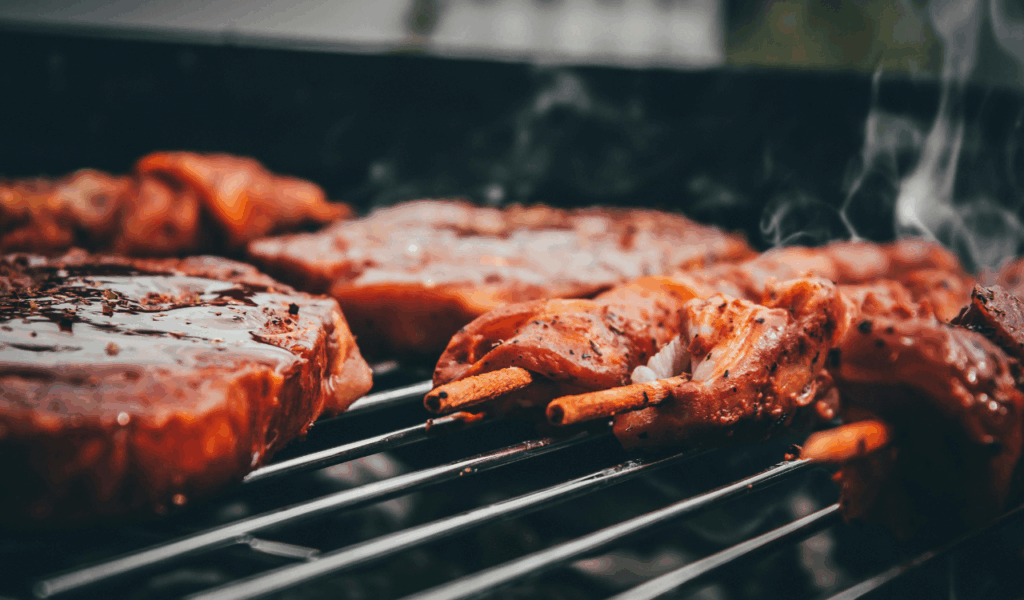
There is no one-size-fits-all rest period; it greatly depends on the size of your brisket and how hot it came off. Generally speaking, schedule one hour for every five to seven pounds of brisket (2.3 to 3.2 kg), but don’t be scared to take longer; some pitmasters take two or more hours of rest if circumstances permit. But exercise caution-too much cooling without insulation can jeopardize food safety or cause edges to dry out. To determine when to carve, keep a close eye on the internal temperature.
3. Use a Thermometer During Rest
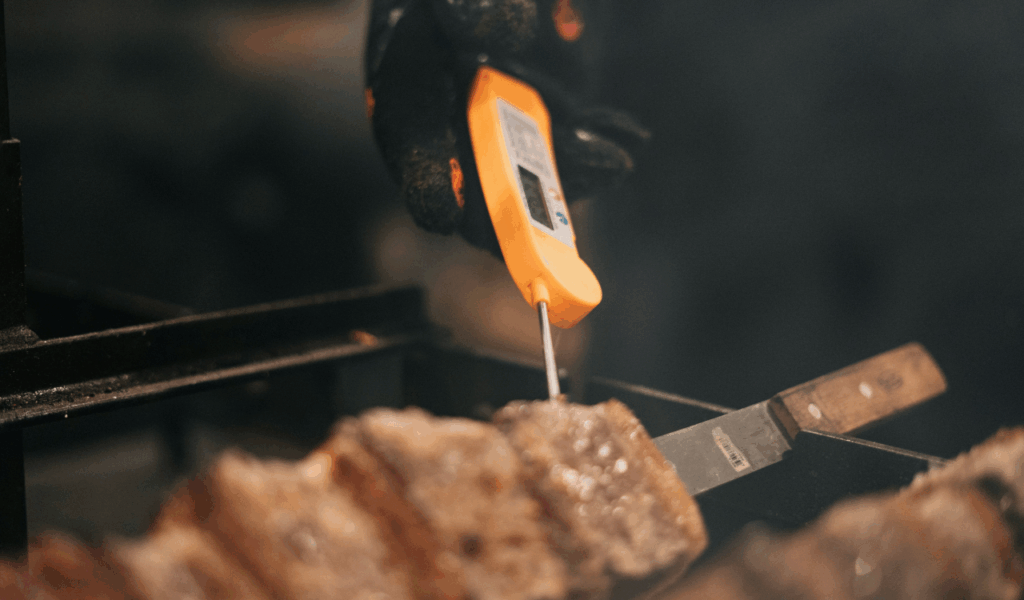
Don’t merely glance at it. Before resting, insert a probe thermometer into the thickest area and keep an eye on it. During the remainder, the brisket should ideally remain above 140 °F (60 °C) to avoid being in the “danger zone” for bacterial growth. A warmer holding environment or improved insulation are required if the internal temperature drops too quickly. When it’s safe to slice and serve, the thermometer will alert you.
4. Wrap or Tent-But Don’t Smother the Bark
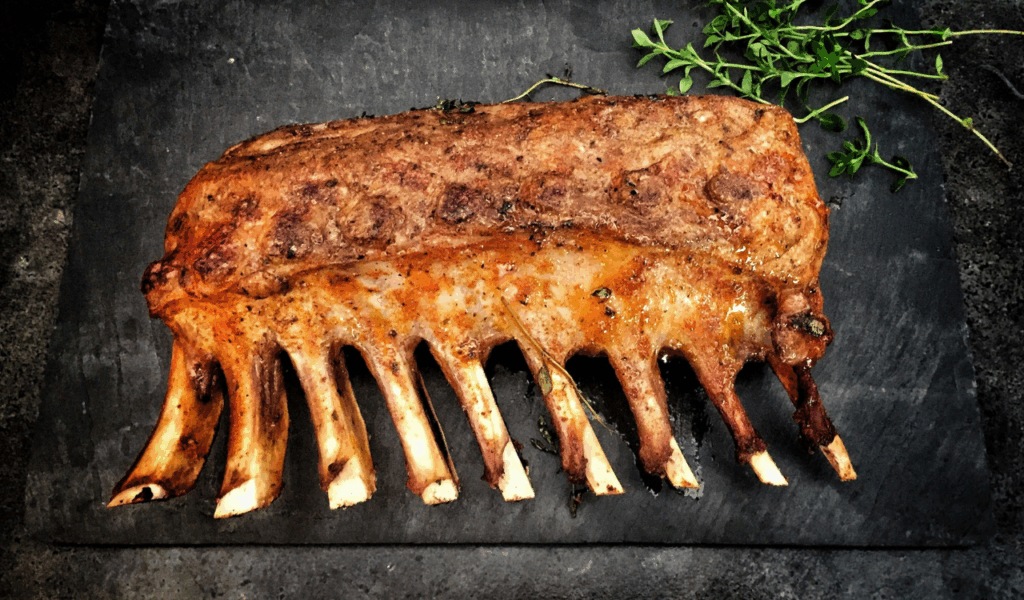
When your brisket is done smoking, wrap it loosely in butcher paper that hasn’t been coated or cover it with foil. The point isn’t to trap steam; it’s to cool down slowly. A loose wrap helps keep that hard-earned bark, while a tight wrap can make your crust soggy. Butcher paper lets air in just enough to keep the texture and keep the meat safe from drafts or getting too cold too quickly. It is best to rest on a wooden cutting board or tray with paper towels on it so that air can flow and clean up is easy.
5. Use an Insulated Cooler (Faux Cambro)
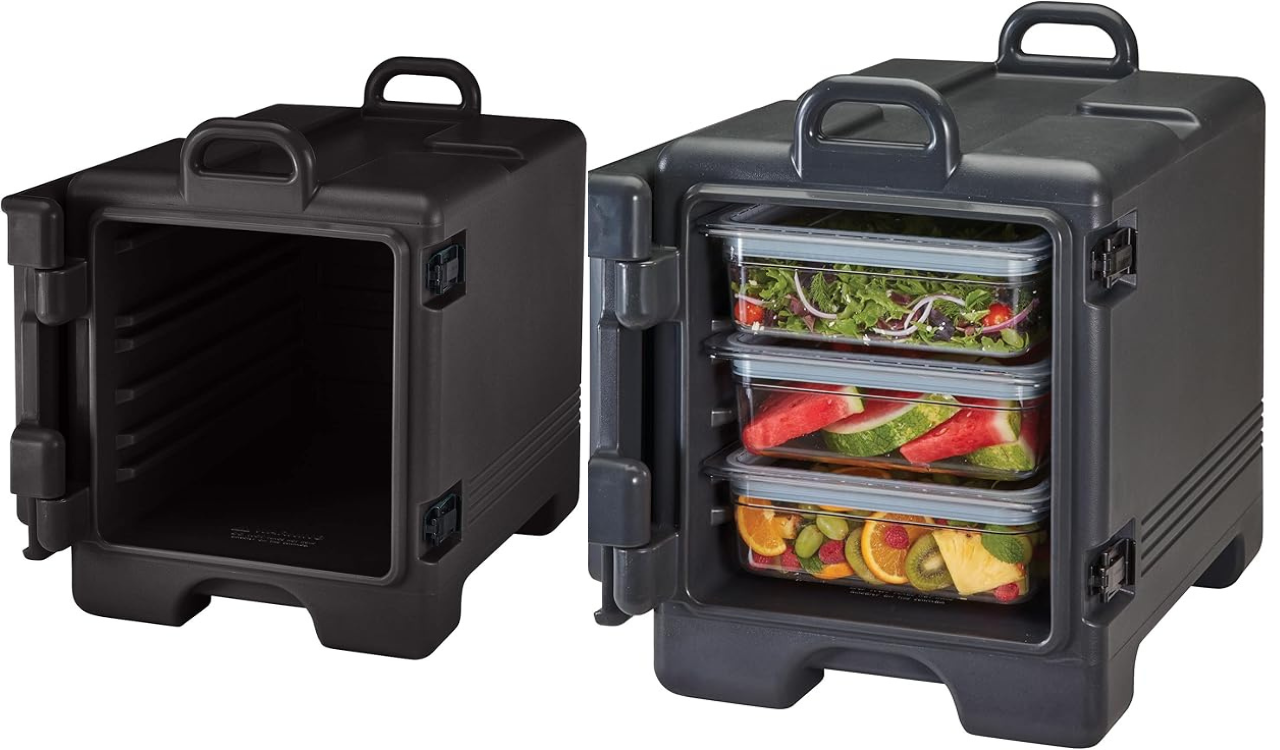
A fake Cambro arrangement works great if you don’t have a professional food warmer. To warm up a strong cooler, fill it with hot water for a few minutes. Then, drain it and line it with clean towels. Put the wrapped brisket inside, close the lid, and let it sit without being disturbed. This enclosed space keeps the temperature consistent for hours, letting the juices spread out evenly without the meat getting too cold too quickly. It’s a simple, cheap trick that every backyard pitmaster should know.
6. Account for Carry-Over Cooking
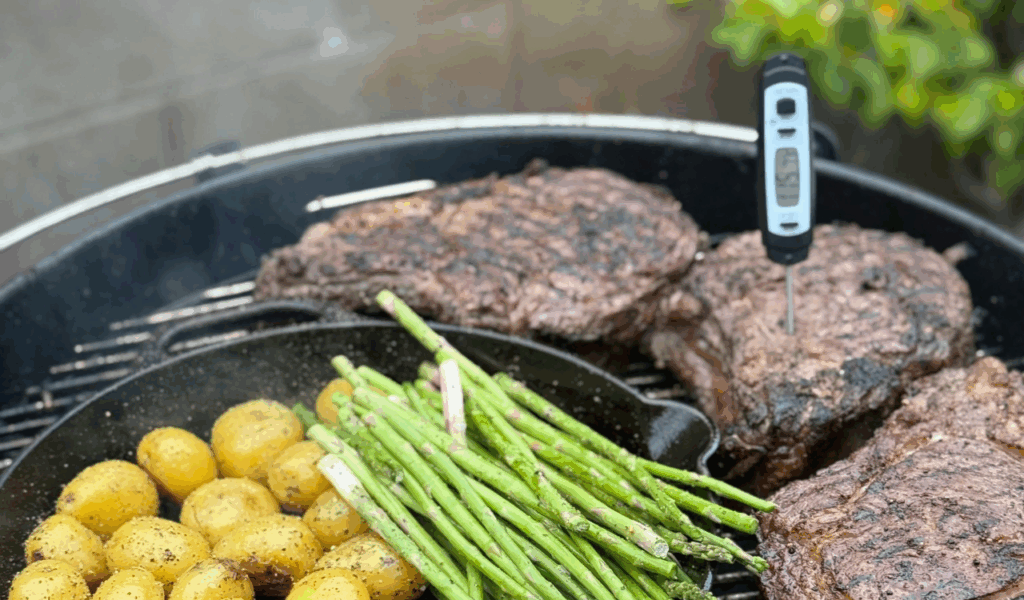
When you take the brisket out of the smoker, keep in mind that the temperature will keep going up by a few degrees. This carry-over cooking happens when heat from the outside layers flows inward. Take the brisket out a few degrees before it reaches the desired temperature to avoid overcooking. For example, if you want it to be tender at 195°F (90°C), take it out at 190–192°F (88–89°C). This guarantees that the final texture will be perfect when it is done resting.
7. Don’t Rush to Slice-Grain and Direction Matter
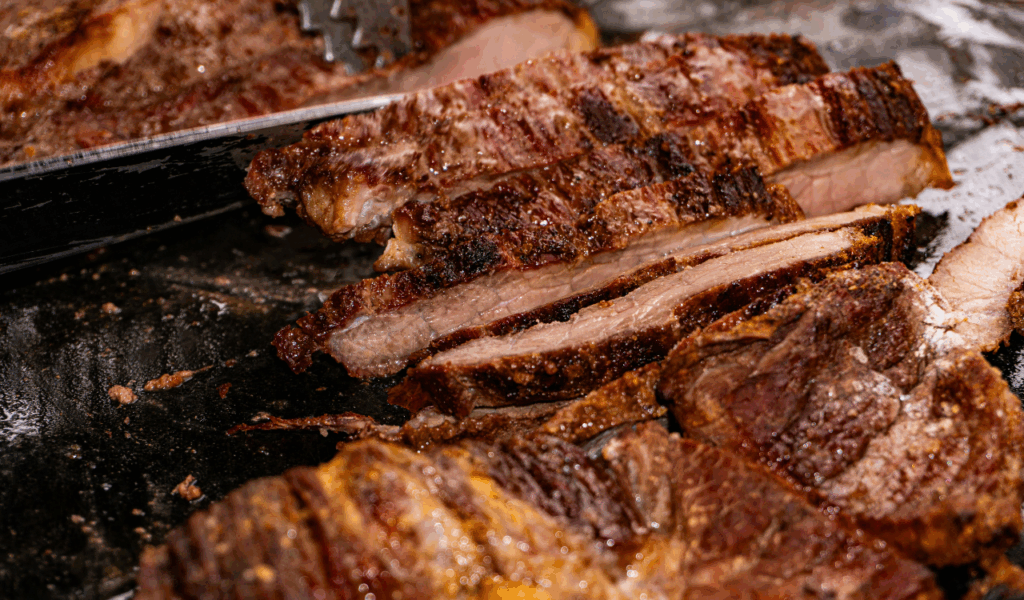
After you’ve rested and the internal temperature of the brisket has stabilized, carefully carve. To improve tenderness and break fibers, always cut against the grain. Don’t wait until it’s time to slice; if you wait too long, the meat may get a little firm. Additionally, let each slice fall naturally without shaking or pressing the brisket. You can cut cleanly and serve flawless morsels if you get enough sleep.
8. If You Can’t Serve Immediately, Hold Smartly
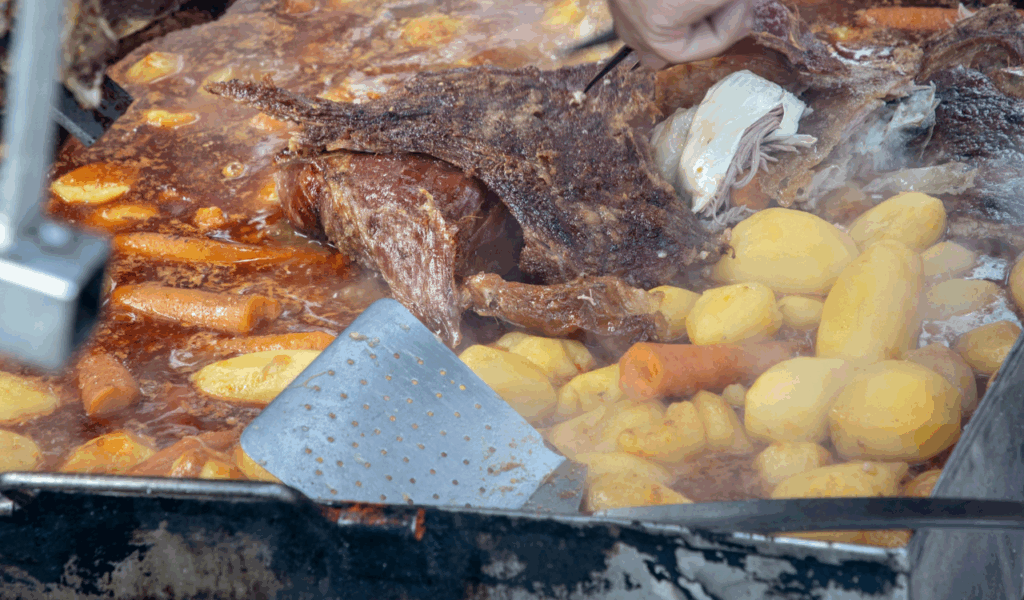
Sometimes, serving doesn’t happen at the right time. Hold your brisket the right way if your guests aren’t ready yet. Put it in a pre-warmed cooler or in a low oven (150–170°F / 65–77°C). Your probe should always check the internal temperature, which should stay above 140°F (60°C) for food safety. You may retain it safely for 4 to 6 hours without the edges drying off, and it will stay juicy and soft.
9. Practice, Record, Tweak
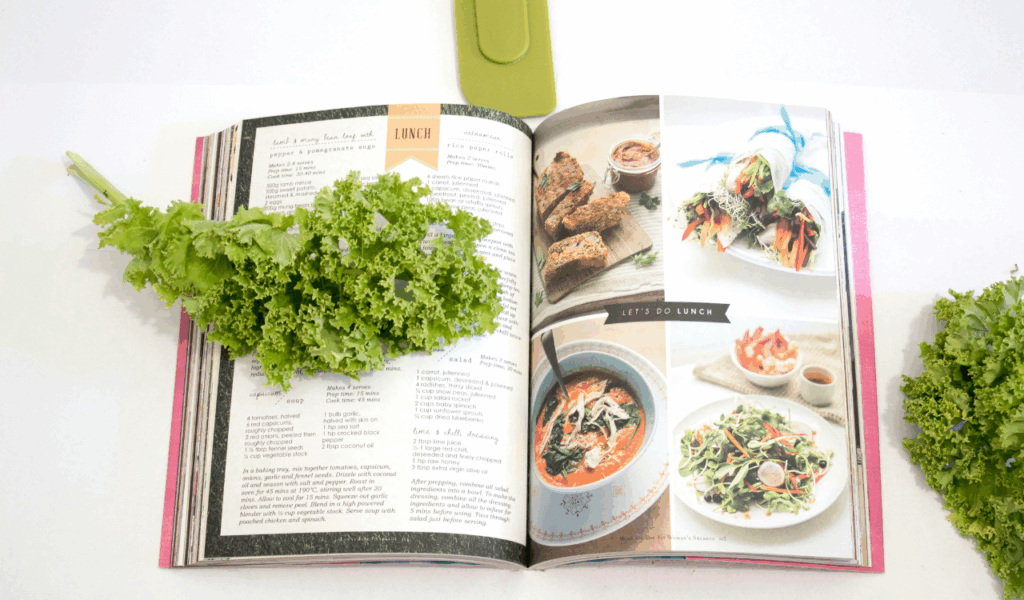
Every brisket acts in its own way. After each cook, write down the resting times, internal temperatures, bark texture, and juiciness in a basic logbook. Things like the weather, humidity, the thickness of the fat cap, and the type of wood all have an effect on the outcome. As you go through and change each cycle, you’ll find your own “sweet rest window” that works best for your smoker, tools, and climate. Repetition and contemplation are what make things consistent.
